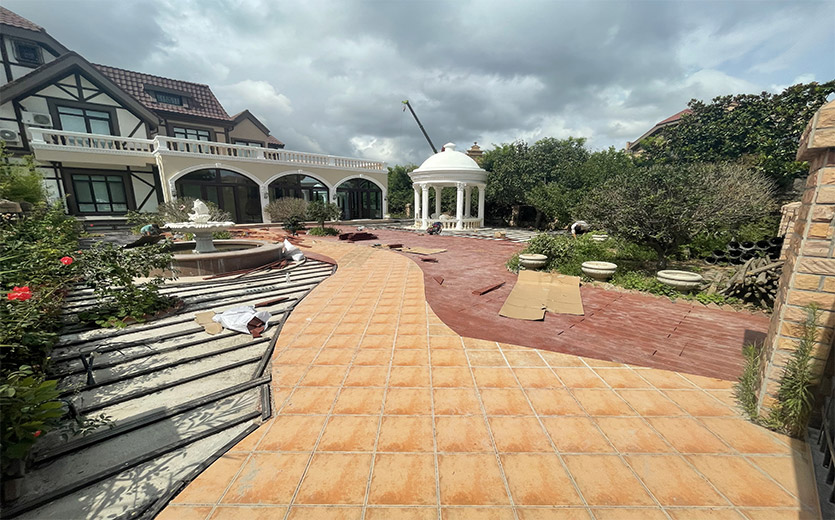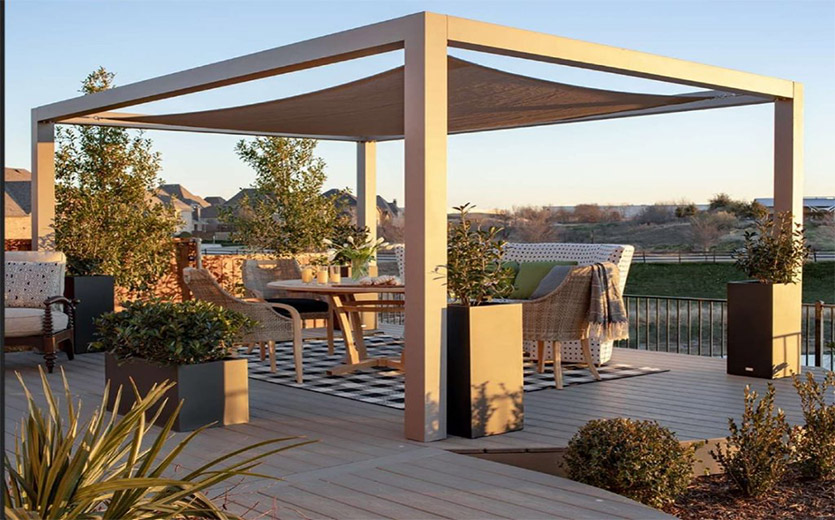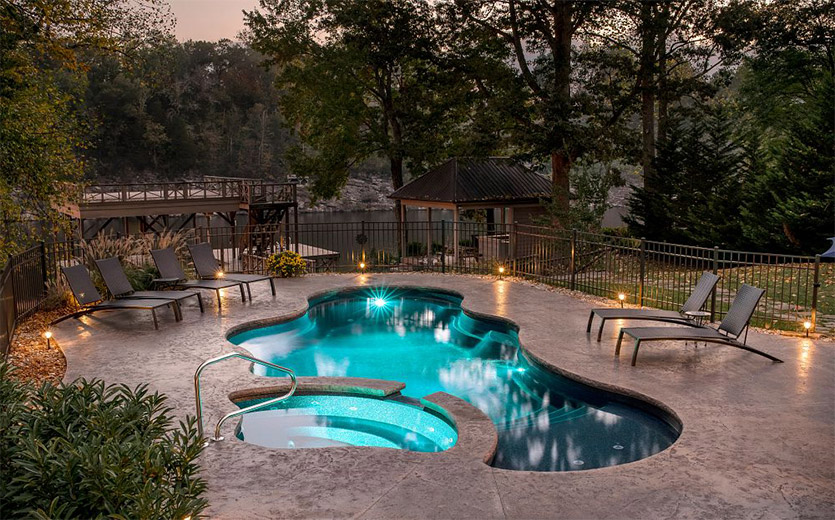
Roof decks are in high demand for homes with flat roofs. Roof decks are common in urban areas and allow residents to better appreciate their surroundings and expand their living space. There is no better place to unwind than on a roof deck, where you can take in the scenery and spend quality time with loved ones.
But why is a rooftop deck design appealing? Perhaps it’s the breathtaking view, the popular space for entertaining, or the ideal location for a rooftop garden. Regardless of what prompted you to consider a rooftop deck design, this project requires a comprehensive plan. Before we can discuss the concept of a rooftop deck, you must complete some preliminary work.
Check building codes and homeowner association restrictions
The first step in rooftop deck construction is determining if a rooftop deck is permitted. Check all local building codes, particularly if you live in a community with homeowner association regulations. If you are unsure of what to do, you can also consult a local deck builder, who will be able to assist you in determining whether or not codes apply to roof decks.
Can your roof support the additional weight? A building code official may be able to assist in this situation. Or maybe not. At a minimum, they may be aware of the load requirements in your area. A master builder or structural engineer may also be required to determine the roof’s load capacity. They can determine whether your existing roof can withstand the additional weight of your deck. Never construct a rooftop deck without first confirming this.
Ensure the construction environment
Typically, roof deck construction requires more space than decks constructed on the ground. You must decide whether the construction crew will access your roof via indoor stairs or outdoor scaffolding. Some houses may even require crane access to the roof deck, which necessitates sufficient clearance around trees and other obstacles.
Plan the surrounding environment
When it comes to roof decks, the surrounding forest will play a significant role. The trees provide natural shade and enhance the rooftop terrace’s natural ambiance. In addition, they provide a degree of seclusion from your neighbors.
Depending on the relationship between the trees on your property and where you want to build your deck, you may need to remove some trees or plan to plant new ones for future growth.
Additionally, you can install built-in planters on your deck. The same benefits of privacy and shade can be provided by containerized plants and shrubs placed around your deck.
Select the proper decking material
The selection of decking materials is crucial, even more so for roof deck construction than for ground-level decks. Solar radiation, wind, precipitation, and snowfall will be more intense on rooftop decks. Not all decking materials are suitable for roof decks, so do your research before making a selection.
The fact that pressure-treated wood can splinter requires a great deal of maintenance, and frequently requires a 12-inch gap underneath renders it unsuitable for the majority of roof decks. Hardwood decking can be quite costly and is unsuitable for homeowners seeking an eco-friendly alternative.
Composite decking is highly environmentally adaptable, requires little maintenance, is cool to the touch, and does not splinter easily. Plus, composite materials can be used for all aspects of roof deck construction, including flooring, siding, stairs, railings, benches, and gazebos. Using composites, you can create a beautiful, unified design for your rooftop living space by replicating any wood structure you desire.
Choose the appropriate rooftop deck furniture
With the proper furnishings, a simple rooftop deck can be transformed into a comfortable outdoor living space. It is crucial to choose rooftop decking furniture that can withstand direct sunlight and rain, just as it is crucial to choose the right materials for your rooftop deck.
When selecting durable outdoor furniture, look for pieces that are rated for outdoor use, are easy to clean, and are fade- and stain-resistant.
Highlight with a pergola
Another advantage of a rooftop deck is the ability to appreciate the clear, unobstructed sky. However, the sun can occasionally be too intense. Consider adding a pergola if you want just the right amount of shade without sacrificing your ability to relax from a height.
Pergolas provide outdoor living spaces with partial shade. Moreover, a unique pergola design can enhance the overall atmosphere of the outdoor living space.
Add seasonal elements
There are numerous ways to make your rooftop deck nearly year-round accessible. Plush blankets will allow you and your guests to relax in comfort while adding design-rich textures and an inviting atmosphere to your space. Consider installing a fire pit so that you can continue to enjoy your outdoor space even when the temperature drops.




Post a Comment